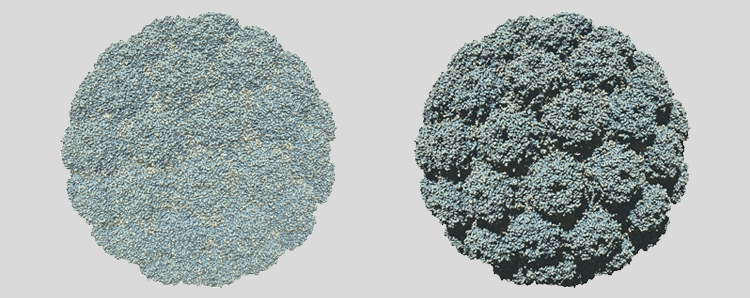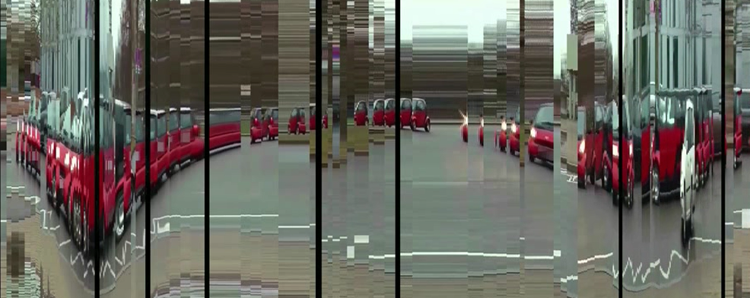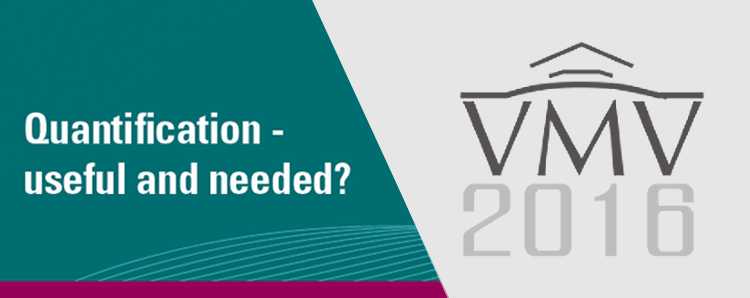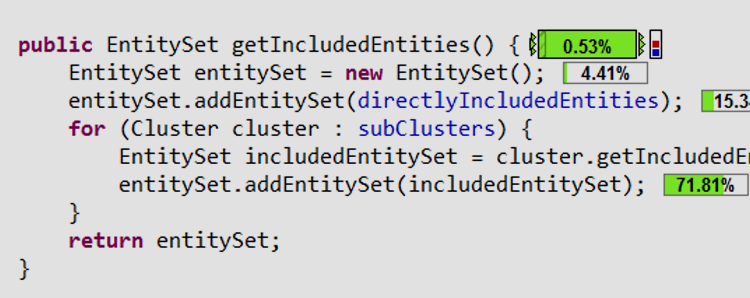In cooperation with the Robert Bosch Krankenhaus (RBK) in Stuttgart (Germany), we have analyzed eye-head coordination while walking in healthy participants and patients with neurodegenerative diseases. Proper coordination is essential for body balance and thus health. Injuries and other consequences from keeling over can impair quality of life massively. Often, old people never get on their feet again when breaking a leg or hip.
A Question of Health: Eye-Head Coordination While Walking











